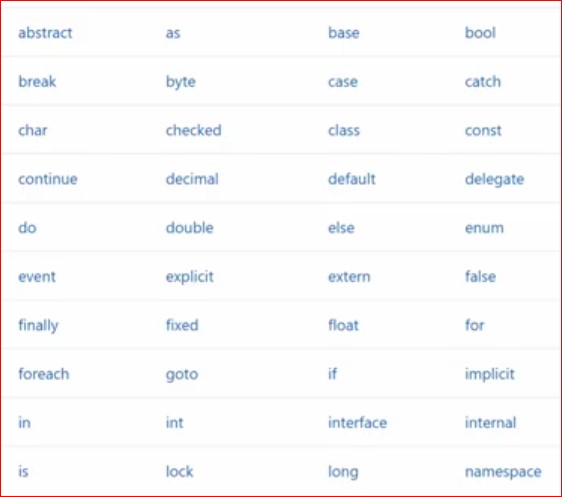Thursday, 30 April 2020
Relationship between binary representation of n & n-1 | Python
Author April 30, 2020 Python No comments
Checking a number is Odd or Even using Bitwise Operators | Python
Author April 30, 2020 Python No comments
Tuple in Python | Part 2
Author April 30, 2020 Python No comments
String Immutability & count method | Python
Author April 30, 2020 Python No comments
Nested List & Matrix | List in Python | Part 7
Author April 30, 2020 Python No comments
Wednesday, 29 April 2020
Converting an Input String into a Floating Point Number | Python
Author April 29, 2020 Python No comments
List Traversal using while loop & break statement | Python
Author April 29, 2020 Python No comments
Int to String ,Float to String ,String to Int & String to Float conversion | Python
Author April 29, 2020 Python No comments
Stacks and Queues using List | Data Structures | Python
Author April 29, 2020 Python No comments
Tuesday, 28 April 2020
Tuple in Python
Author April 28, 2020 Python No comments
Subtract the Product and Sum of Digits of an Integer | Python
Author April 28, 2020 Python No comments
Maximum 69 Number | Python
Author April 28, 2020 Python No comments
Factorials of large numbers | Python
Author April 28, 2020 Python No comments
Monday, 27 April 2020
Advanced Guide to Python 3 Programming for Undergraduate Topics in Computer Science pdf
Author April 27, 2020 Books, Python No comments

A Beginners Guide to Python 3 Programming for Undergraduate Topics in Computer Science by John Hunt PDF
Author April 27, 2020 Books, Python No comments

Sum of Digits of a number | Python | Castor Classes
Author April 27, 2020 Python No comments
Check whether K-th bit is set or not | Python | Castor Classes
Author April 27, 2020 Python No comments
A Primer on Scientific Programming with Python (Texts in Computational Science and Engineering Book 6) Kindle Edition by Hans Petter Langtangen (Author)
Author April 27, 2020 Books, Python No comments

Sunday, 26 April 2020
What is Variable, Datatype and C# Datatypes
Irawen April 26, 2020 C# No comments

String in Python | Part 2.3 | Castor Classes
Author April 26, 2020 Python No comments
Python Programming Fundamentals (Undergraduate Topics in Computer Science) Kindle Edition by Kent D. Lee (Author) pdf
Author April 26, 2020 Books, Python No comments

List in Python | Part 6 | Castor Classes
Author April 26, 2020 Python No comments
Popular Posts
-
In a world increasingly shaped by data, the demand for professionals who can make sense of it has never been higher. Businesses, governmen...
-
Let's break down the code step by step: marks = 75 This line assigns the value 75 to the variable marks. It represents a student'...
-
Step-by-Step Explanation: x = set([1, 2, 3]) Creates a set x with elements: {1, 2, 3} y = set([3, 4, 5]) Creates a set y with eleme...
-
Python code line by line: import array as arr This imports Python's built-in array module and gives it the alias arr. The array...
-
Step 1: Solve inside the innermost brackets: 29 % 6 → 29 divided by 6 gives 4 with a remainder of 5 . So, 29 % 6 = 5. 13 % 4 → 13 div...
-
There are 4 modules in this course Python is now becoming the number 1 programming language for data science. Due to python’s simplicity a...
-
Explanation: lambda a, b: a + b + 1 is an anonymous function that takes two inputs, a and b. It returns the result of a + b + 1. No...
-
Let's solve your code carefully: Your code: nums = [ 5 , 10 , 15 , 20 ] for i in range(1, 4): print(nums[i-1]) range(1, 4) means ...
-
Learn Quantum Computing with Python and IBM Quantum Quantum computing is revolutionizing the way we approach complex problem-solving, offe...
-
What you'll learn Describe what data science and machine learning are, their applications & use cases, and various types of tasks ...


















.jpg)






.png)



















